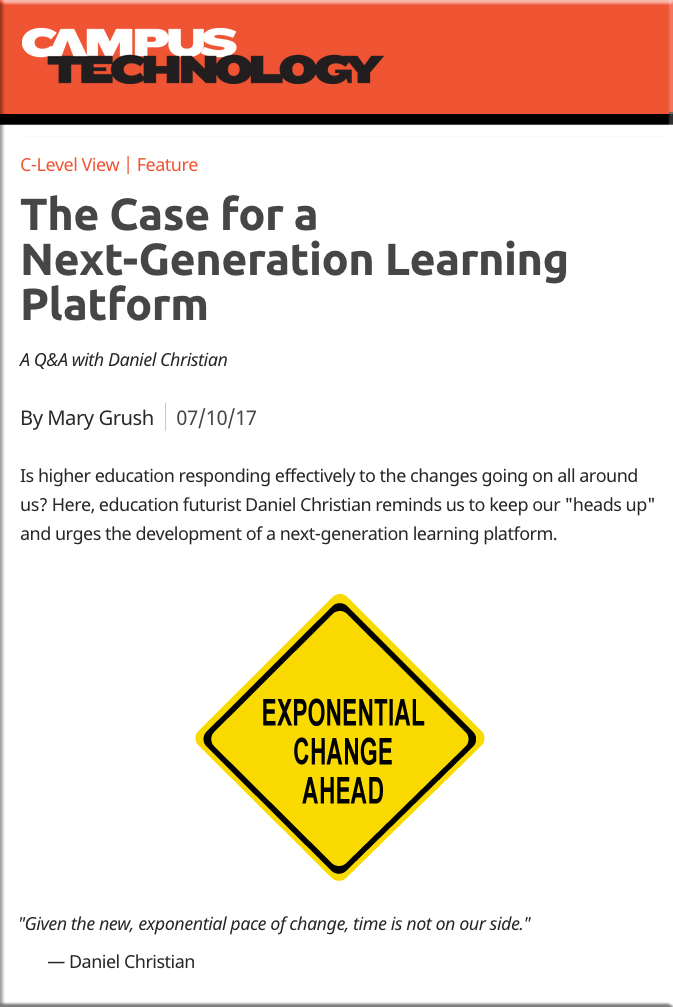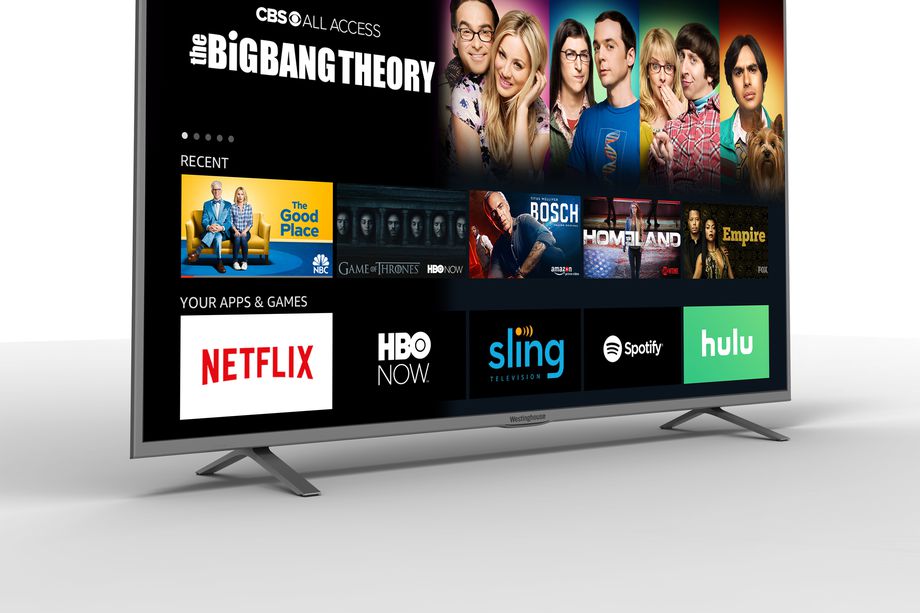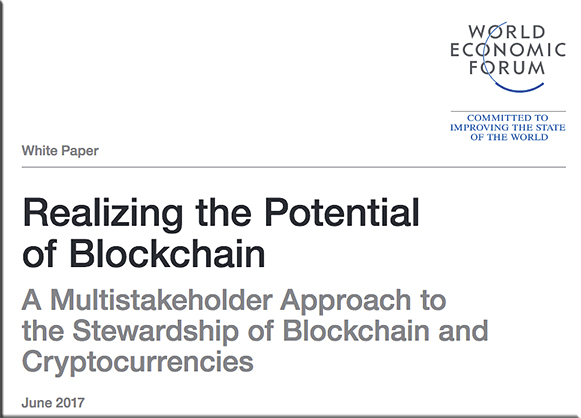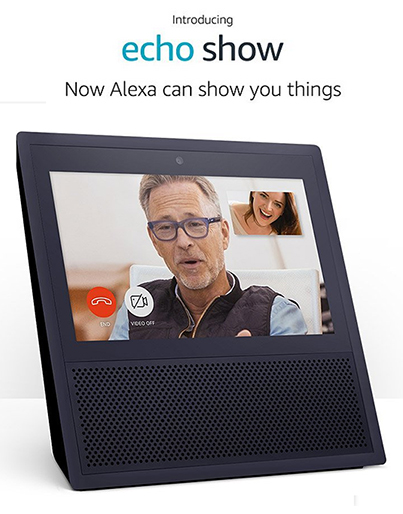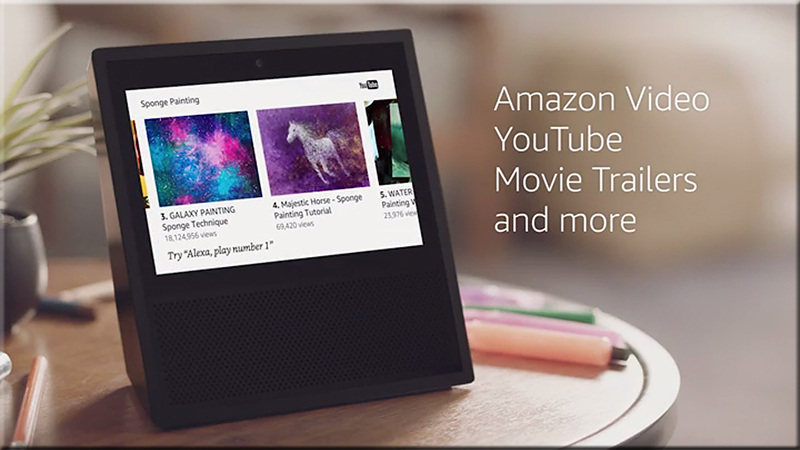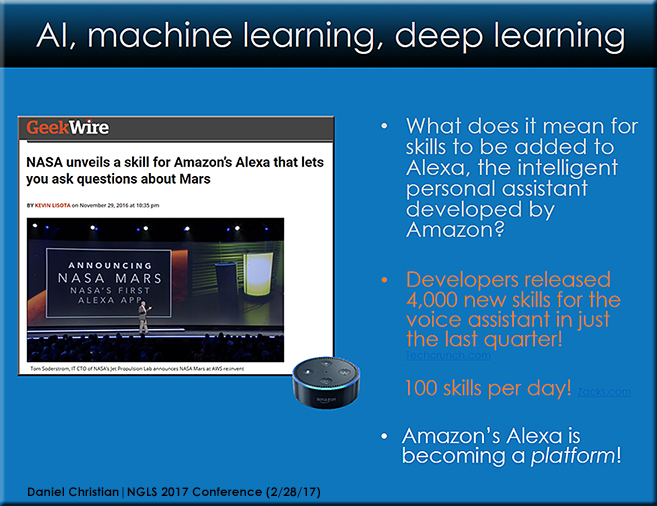As Corporate World Moves Toward Curated ‘Microlearning,’ Higher Ed Must Adapt — from edsurge.com by Sean Gallagher
Excerpt:
Just outside the walls of the ivory tower, a transformation is underway in the world of corporate learning, and those of us at colleges and universities should pay attention.
Corporate learning and development, often referred to as L&D, is radically different than just a few years ago. Meanwhile, the education dialogue has shifted to a focus on employment-related themes such as competencies and skills.
“Businesses today have to be more agile and have to be able to pivot—access to content needs to be very rapid,” says Lori Bradley, executive vice president for global talent management at PVH Corp, a publicly- traded fashion and apparel company with 35,000 employees. “Priorities and jobs are changing more quickly, so we need an agile learning environment that anticipates what learning needs will be, and where we can quickly access them.”
The typical employee has one percent of their time available for learning, according to research by Bersin by Deloitte.
When there’s a need for information or new skills, employees today are increasingly turning to instantly accessible sources such as search engines and online course libraries available on their mobile devices. “Before, our only options were to send people to a training, sit in a course, and learn the material–whether from a university or a week-long certification,” says Shelly Holt, vice president of global learning for SAP, a leading enterprise-software company. “Information today is pushed so quickly at people that the landscape has fundamentally changed.”

In a world where content is more commoditized, today’s corporate L&D market is increasingly driven by the curation of external content and learning—rather than investment in formal training programs and traditional course libraries. As Lori Bradley, of PVH, describes, “for our people moving at the speed of business, they need to access the content when they need it. We’re moving toward microlearning — 90 minute or shorter sessions.”
Second, in this changing landscape, colleges and universities that seek to meet corporate needs must move beyond monolithic programs and think in terms of competencies, unbundling curriculum, modularizing and “microlearning.”









![The Living [Class] Room -- by Daniel Christian -- July 2012 -- a second device used in conjunction with a Smart/Connected TV](http://danielschristian.com/learning-ecosystems/wp-content/uploads/2012/07/The-Living-Class-Room-Daniel-S-Christian-July-2012.jpg)


